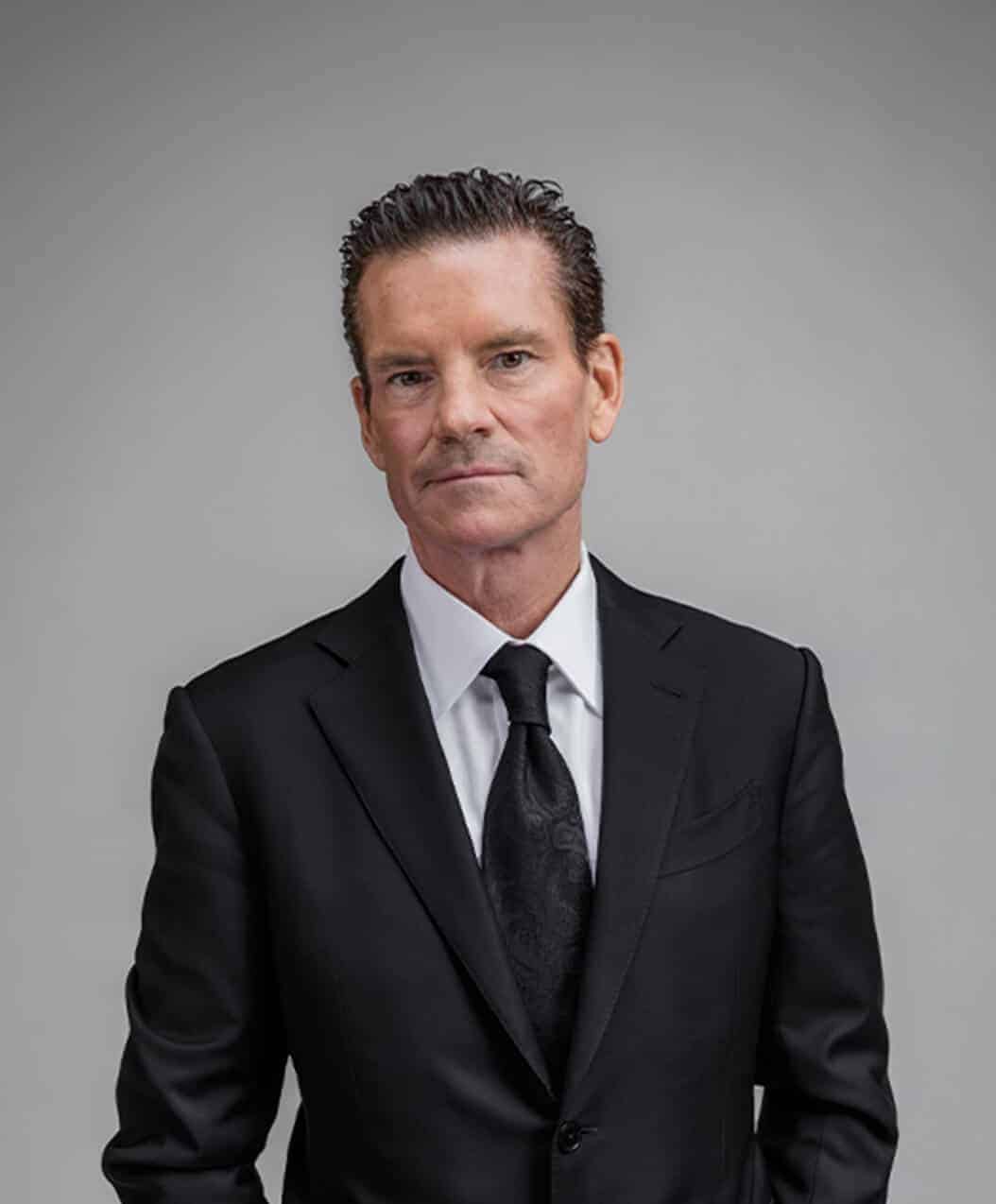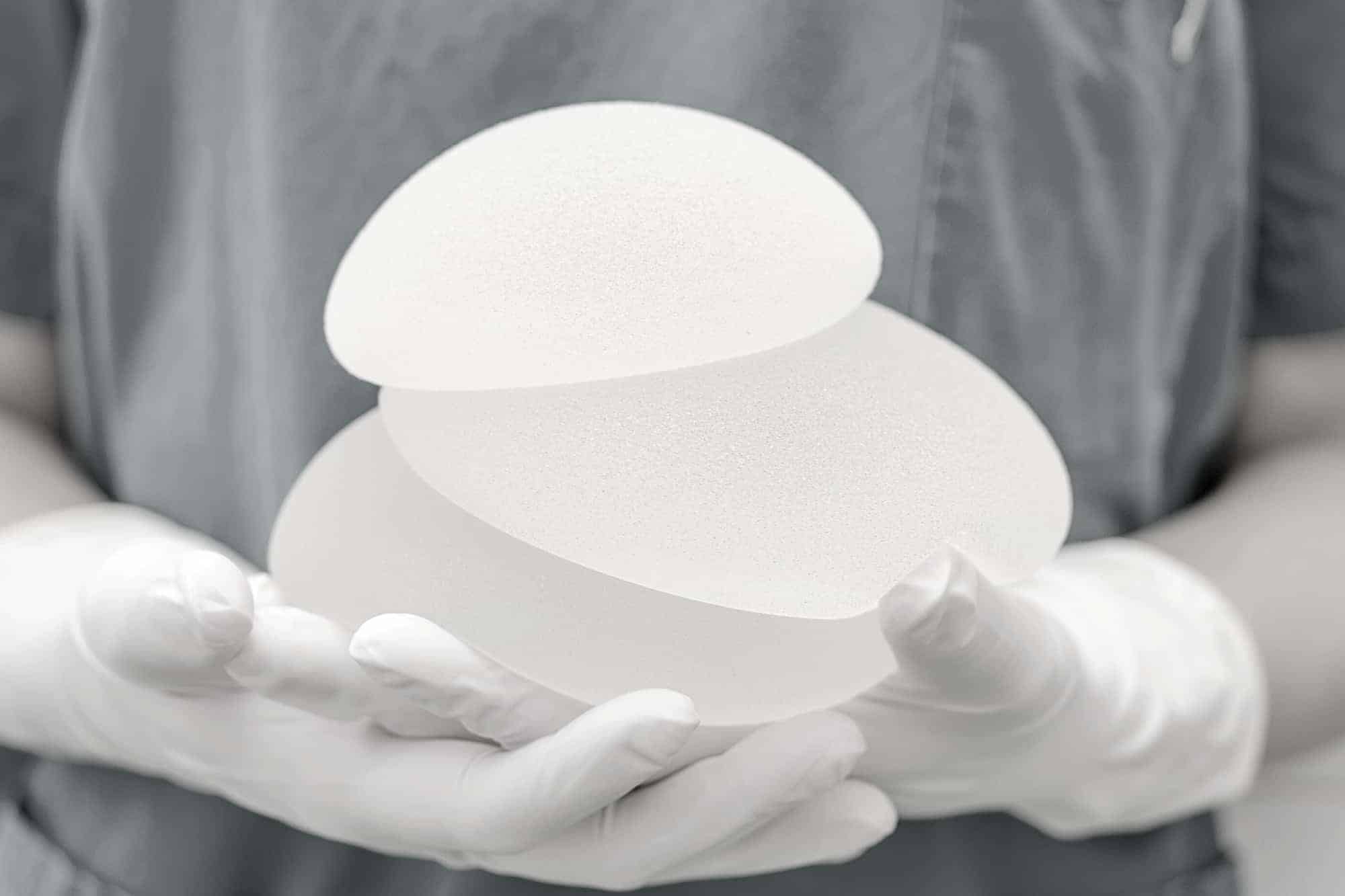January 7th, 2025
Dr. Mulholland, Md
What Is Considered A Large Or Extra Large Implant?
Implants are measured in volumes of “cc” – many doctors consider 600cc to be a large implant, similar to a D cup bra size. The largest silicone implant available is 800cc in volume, but saline implants can reach up to 850cc. However, a qualified cosmetic surgeon can fill a saline implant over 850cc, which means the implant will become more firm.
Can You Get Extra Large Implants In One Surgery?
Depending on your natural measurements and your aesthetic goals, it is recommended to receive your breast augmentation in stages. If you are naturally small-busted, inserting two extra-large implants for your first augmentation could stretch the skin too quickly or lower where your breasts naturally sit, causing sagging.
Conducting an augmentation in stages allows for a larger implant to be placed within the patient at a later time when their chest is ready for it. You should wait at least 6 months before having your second stage of augmentation to exchange implants for a larger size, to promote wound healing and a reduction in swelling. While two surgeries can achieve the look of extra-large implants, Toronto Plastic Surgeons will always keep a patient’s health and safety in mind and not push the body any further than it should be pushed.
To determine which implant size would look best on your body size, as well as how many augmentations you may require, it is important to book a consultation with Toronto Plastic Surgeons to discuss your options, goals, and treatment plan.
Breast Implant Placement
Two standard placement techniques are used for breast augmentations, and a third for specific circumstances. Most people choose to have their implants placed behind the pectoral muscle, as it means they can still receive accurate readings from a mammogram, and the muscle acts as a natural support for the implant.
For people who do not have a lot of natural breast tissue, like people who wear bras with A or B cups, implant placement behind the muscle can be your best option to create a natural slope and look. Implants placed in front of the muscle, the second common placement technique, is better for people with more breast tissue, as the tissue and skin in from of the implant will stretch over time.
The third option is a dual plane implant placement, where the implant is placed behind the muscle, and the upper ⅔ of the implant is supported by the pectoral muscle, but the rest of the bottom part of the implant settles into the bottom of the breast, releasing muscle fibres from the bone. This is for people who have natural perkiness to their breasts or don’t desire “lifted” breasts.
Large Breast Implants – How Big Is Too Big?
A breast implant being too big entirely depends upon your body composition and goals. If you have a petite frame, large breast implants may look odd on you, but may look normal on a tall, heavier person. It is best to choose an implant size proportionate to your body, and keep in mind that anything over 700 cc’s is considered “extra large.”
While you may want a much larger bust that may seem “proportionate,” you should also take into consideration any negative attention it may attract, as well as any back pain caused and risks involved.
Risks and Complications of Large Breast Implants
Some of the main complications that can occur when going above a normal implant size that is proportionate to your body include:
- Back pain. One 454 cc volume implant weighs around 1 pound, so if you opt for a large implant of 700cc volume, you will be carrying roughly 3 pounds. Putting on a backpack filled with a 3 pound barbell backward helps you get an idea of what walking and exercising will be like. It may not sound like a lot, but over time it can create a large amount of neck and back pain.
- Firmer breasts. The more saline or silicone you opt for during your augmentation, the more firm your breasts will become – getting rid of any natural feeling they once had. Instead of being soft and squeezable, they will feel more similar to a volleyball.
- Numbness in nipples. Large implants can protrude quite a bit, meaning there will be a lot of pressure on the nerves of the nipple, which can cause them to become completely numb.
- Droopiness and thinner skin. The reason you can often see veins and nerves in super large implants, especially when the patient has had them for a while, is because human skin is not meant to be stretched that much for an extended period of time. The skin becomes translucent, and the implants themselves can sometimes also be seen! Additionally, as you get older, the extra weight on your chest will cause your breasts to droop and sag. You can opt for a breast lift, but your doctor may deem it irreversible if there is too much drooping.
- Stretch marks. Like when you become pregnant or gain a rapid amount of weight in a short time, skin is not used to being stretched very quickly in a small period – which is why augmentation stages are recommended. If you do too much too soon, you will get irreversible stretch marks on your breasts from the stress put on your body.
Post-Op Recovery
You will require extra care when recovering from a large breast augmentation. You will need bed rest and plenty of fluids after surgery. Since the implants are often placed under the muscle, your chest will feel tight, and you may have some discomfort. You can take any pain medication prescribed by Toronto Plastic Surgeons and visit the office regularly to ensure you are healing properly. A week after surgery, you will feel normal again.
You will also have to wear a surgical bra for 4 weeks after your surgery, and Steri Strips covering your incisions will be removed 4-6 weeks post-op. Keep the strips clean and dry for as long as possible, and do not shower until your surgeon says you can. Your implants will initially appear higher than usual and swollen, but they will settle into a natural position over time.
Toronto Plastic Surgeons
Toronto Plastic Surgeons has dedicated his 25 years of practice to cosmetic plastic surgery of the face and body. He prides his excellence on the harmonious balance of vision, aesthetic appearance, and patient care. He and his team are known for their skill and personalized, respectful approach to patients. Contact Toronto Plastic Surgeons and his team today for a consultation!



